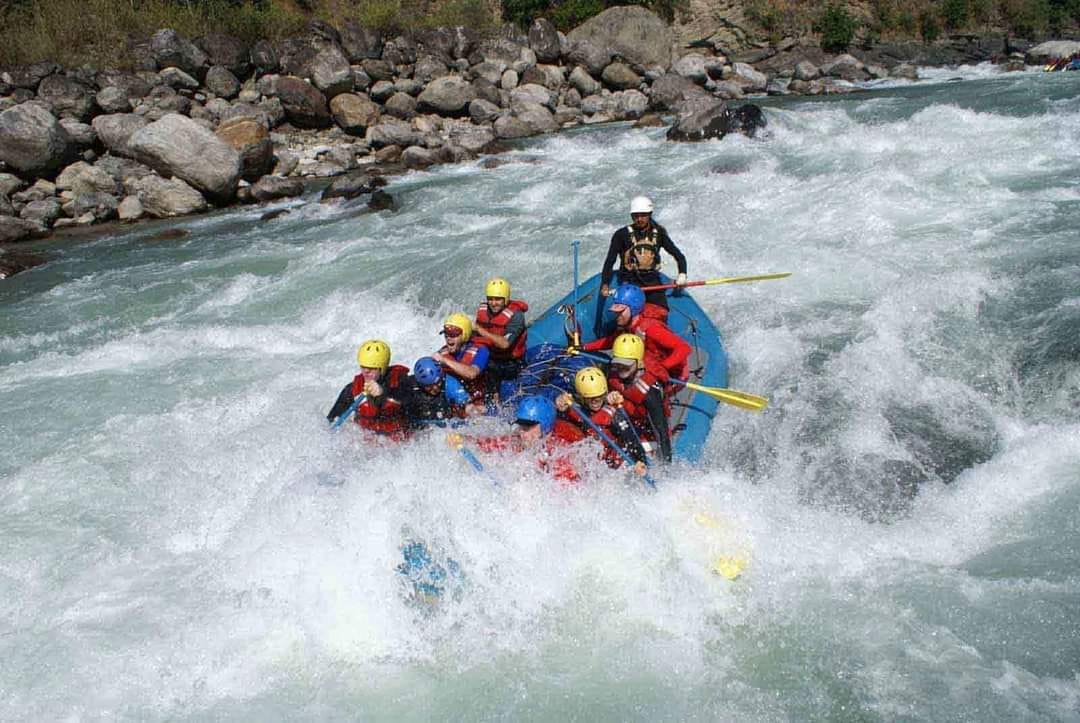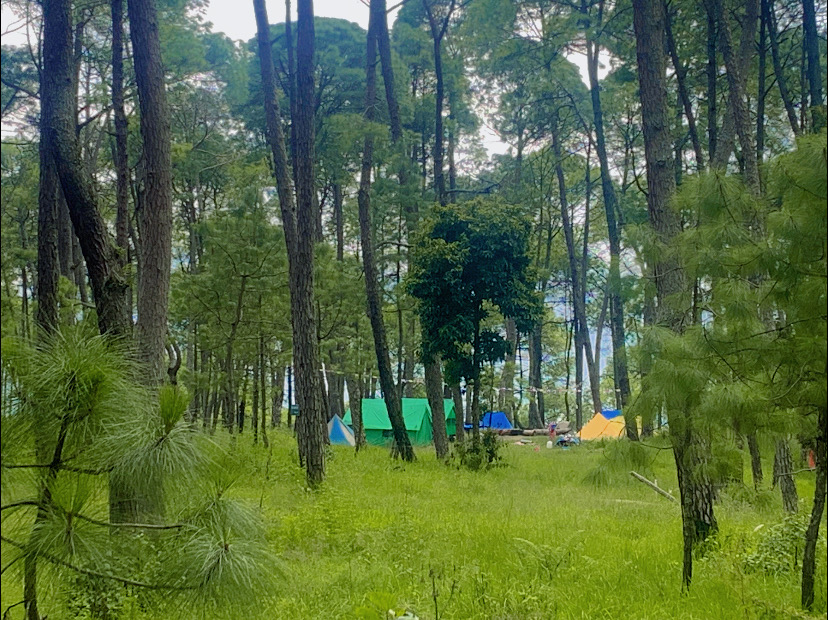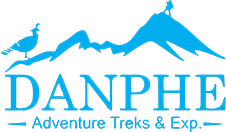About Nepal
Nepal sits in the lap of the Himalayas and is renowned throughout the world for being the abode of numerous 8000 meter plus mountains, unique culture and heritage, and heart-warming residents. A very small nation, covering an area of 147,181 sq. km., Nepal sits in between two Asian giants India and China. The population of Nepal is way smaller than its neighbors but the diversity it beholds is beyond comparison. Hinduism and Buddhism are the prevailing religions here, which can be seen through the monuments like Changunarayan, Pashupatinath, and stupas like Swayambhunath and Boudhanath. The geography of Nepal is broadly classified into Mountain, Hilly, and Terai regions. The change in altitude and weather can be easily felt by just traveling an extra 100 km.
How to reach Nepal
You can reach Nepal either by air or by land. In the case of land, Nepal borders both India and China. It is preferred that you use the India border as it has plenty of crossings. There are six crossing points from India and one from Tibet. All of the land borders between India and Nepal are located in the Terai region, and the most famous crossing point is Sunauli, near Bhairahawa. You can use the border entrance of Kakarbhitta, located on the eastern border. The border crossing from Birgunj to Raxaul Bazaar is useful as well. In terms of air, Nepal has only one International Airport, which is in Kathmandu. You can use either the country’s national airlines, ‘Nepal Airlines’ or other private airlines as well. If you are coming from the Americas or Australia, then there is bound to be transit in the Middle East. The peak season for traveling in Nepal is from October to December, and during this time tickets may be booked so it is advised that you book them pre-hand.
Things to do in Nepal
As Nepal boasts numerous sites and location, there are a plethora of things that can be done here. While in Kathmandu, enjoy the delightful nightlife in the streets of Thamel, and enjoy a delicious hot drink to battle the cold of the night. The rugged terrain and plethora of mountains of Nepal are prime for trekking, peak climbing, and expeditions. Head to the mountain region of Nepal to indulge in those activities. Trek to Everest, Annapurna, Langtang, Manaslu, Dolpo, or Dhaulagiri. The tranquil Pokhara valley offers serenity with its mesmerizing lakes and waterfalls. Explore the historic settlement of Bandipur and marvel at its classical buildings and serene ambiance. Fancy yourself at the flat plains of the Terai region as you explore the Chitwan National Park and the Koshi Tappu Wildlife Reserve. Head to the Gurung settlement of Ghandruk and learn the culture of those people there.
Banking, ATM’s and Money in Nepal
The banking facility is quite developed in Nepal and you can find huge banks in major city areas and are even in ample numbers in the village areas. The local currency of Nepal is the Nepalese rupees. Dollars or any other foreign currency is not accepted by local traders. These foreign currencies can be easily traded at the banks and financial institutions. However, it is advised to be wary of any shady deals with unauthorized bodies or individuals to exchange currency where you might be on the unfair end of the rates. There are numerous ATM in the town and city areas, and you can easily take out the required money. In the remote areas and mountain region, they are not available at every stop so, it is advised that you take cash pre-hand.
Traveling alone in Nepal
Nepal is considered to be a safe country to travel alone due to its openness to all cultures and religions. Traveling alone in the different national parks is also feasible in Nepal. However, you will be required the company of a travel guide while traveling across the country. This is to prevent any unwanted situations which may arise on the travel. If you are fully acquainted with the different hotels and staying facilities in Nepal, then it will present no problems but, if it is your first time in Nepal, you might face a lot of hassle. Do take a lot of caution while traveling alone. Always keep your belongings under close supervision and be aware to inform your friends, family, and local authorities of your destination on the travel. It is also necessary for solo travelers to have proper medical and travel insurance prior to traveling the country.
Visa Information
Tribhuvan International Airport under the Department of Immigration has the authority to provide Visa on arrival to tourists flying to Nepal. You can also consider getting Visa from Nepalese Diplomatic Missions stationed abroad prior to your arrival. If you have obtained a visa from Nepalese Diplomatic Missions, then you must enter Nepal within six months from the visa issued date. The total stay starts from your arrival in Nepal. Visa obtained on arrival at the entry points are the tourist visa. If you wish to change your visa category then an application along with the required documents are to be submitted to the department of immigration. To get a visa on arrival, certain fees must be paid, which are On Arrival Visa Fee and vary as per the length of the visas as: 15 Days visa costs 25 USD, 30 Days visa costs 40 USD, 90 Days visa costs 100 USD. Further information can be referred at the official website of the Immigration Department at http://www.nepalimmigration.gov.np/page/tourist-visa.
The popular destination to visit
Nepal caters the need for adventure lovers and pilgrims alike as it boasts some of the jaw-dropping and culturally rich hubs not found anywhere else in the world. For starters, trekkers are held spellbound by the summit of the world, ‘Mount Everest’, and the peaks like Ama Dablam and Lhotse which accompany it in the Khumbu region. The tantalizing trekking routes of the Annapurna Base Camp and the Langtang treks are not to be missed as well. Nothing compares to fighting uphill trails, surrounded by greenery and icy peaks. For shorter treks, hike around the Kathmandu valley. Pilgrims will be amazed by the historic magnitude of Lumbini and Pashupatinath. Go touring in the national parks of Chitwan and Bardia to scout rare creatures and birds that inhabit it. If you wish to feel the rush of adrenaline, then head towards the Trishuli or Kaligandaki River for rafting, the Last Resort for bungee, ad Pokhara for paragliding.
People/Food/Culture
The major religion in Nepal is Hinduism and Buddhism and these religions are readily reflected in the lifestyle of the Nepalese people. The travelers are advised to be respectful of the prevalent customs and cultures. Also, have the courtesy to follow the culture as far as possible such as being appropriately dressed when traveling and respecting the privacy in religious shrines. The people in the Kathmandu valley consist of people from all over the nation. Newari cuisine is famous in the valley, and travelers pay a handsome sum of money to taste dishes like Choila, She, and local alcohol. In the festival of Maghe Sankranti, you can taste sweets like Chaku, Ghiu, and Til Ko laddu. As you head towards the Terai region, you’ll encounter the Tharu and Madhesi people who mainly follow Hinduism and due to the extreme heat, they wear light clothing. In the mountain region, you can see Buddhism that is a bit Tibetan influenced. Taste the local Tongba and share some gossip with them. Enjoy Dhedo and Saag at these quaint villages. The typical food anywhere in Nepal is Dal Bhat and on some occasions only people eat roti.
Internet and Communication in Nepal
The growing trend of globalization has affected Nepal too. The growing availability of the internet has made some radical changes. There is easy internet availability in the major cities, and surprisingly in certain aspects of remote treks as well. There is even fast internet service at the summit of the Mount Everest (8848m). Nepal Telecom and Ncell are the major telephone service providers, and their data plans are also pretty feasible and reasonable. More than half of the local population has a cellphone and you can easily call people abroad at affordable rates. While traveling in Nepal, you don’t have to worry about any sort of communication and internet problems.
Safety and security
It is highly recommended that you have health insurance while traveling Nepal and some trekking agencies do not take people who don’t have proper insurance. Inside major cities like Kathmandu, Pokhara, and Biratnagar there are normal toilets and in the rural parts, there are squat toilets. These parts don’t have toilet paper so be sure to carry one. In the major cities, the health facilities are awesome but as you travel away from them, they are still available but not as frequent as in the cities. If you are facing problems, be sure to get properly diagnosed by a doctor. In some cases, you need to take a vaccine before traveling. There aren’t any sort of harmful crimes prevailing here, but, don’t talk to any sort of strangers, giving money to beggars, and pay careful attention to your belongings. On a normal day, be sure to carry basic necessities like sunscreen, Vaseline, and lip balm. Also, the water bottles sold by local vendors might not always be of excellent quality. So, having a portable water purifier can go a long way to have a safe trip.
Quick Link
Latest Blogs

Budi Gandaki River Rafting


